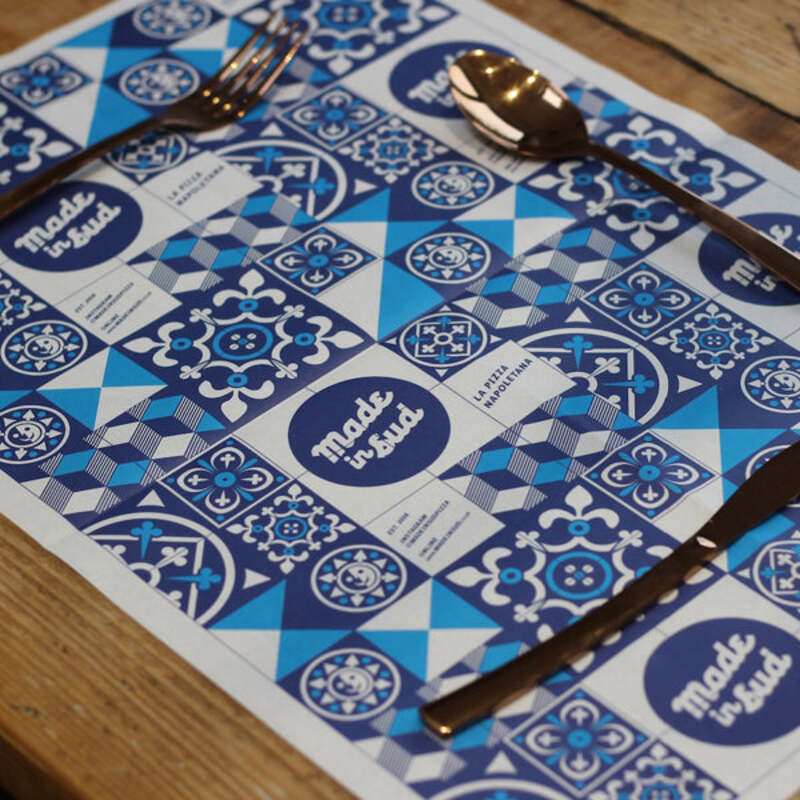The Innovations in Frozen Food Packaging A Path to Sustainability and Quality
In recent years, the frozen food industry has witnessed significant advancements, particularly in packaging technology. As consumers increasingly seek convenience without compromising quality, the emphasis on effective frozen food packaging has never been more crucial. This article explores the innovations in frozen food packaging, focusing on sustainability, protection of food quality, and consumer appeal.
The Importance of Packaging in Frozen Foods
Frozen food packaging plays a vital role in extending the shelf life of products. Proper packaging protects food from air, moisture, and light, which can lead to freezer burn, nutrient loss, and overall degradation of quality. The primary goals of frozen food packaging are to maintain freshness, prevent contamination, and ensure safety while providing a user-friendly experience.
Innovations in Materials
One of the most significant shifts in frozen food packaging is the use of advanced materials. Traditional packaging often relied on plastic films that, while effective, posed environmental concerns due to their long degradation time. Innovations have led to the development of biodegradable and compostable materials, which help reduce waste and minimize environmental impact.
These materials are often derived from renewable sources, such as cornstarch or soy protein, and are designed to break down in commercial composting facilities. By adopting these new materials, companies not only address sustainability concerns but also appeal to environmentally conscious consumers looking to reduce their carbon footprint.
Enhanced Barrier Properties
Another area of innovation has been the enhancement of barrier properties in packaging materials. New technologies have led to multi-layer films that provide superior protection against oxygen and moisture. For example, incorporating intelligent barrier layers can significantly reduce the likelihood of freezer burn, preserving the texture and flavor of frozen foods.
Additionally, some packaging now features oxygen scavengers, which absorb the oxygen within the packaging to prolong freshness. This technology is particularly beneficial for frozen fruits and vegetables, which are prized for their nutritional value and taste.
frozen food packaging

Smart Packaging Solutions
The advent of smart packaging is changing the landscape of frozen food packaging. Smart labels equipped with QR codes or NFC (Near Field Communication) technology allow consumers to access information about the product's origin, nutritional value, and storage recommendations. This transparency builds trust between brands and consumers, fostering loyalty and encouraging mindful consumption.
Moreover, some smart packaging solutions include indicators that signal the freshness of the product. These indicators change color based on temperature fluctuations or spoilage conditions, providing consumers with invaluable information about the quality of their frozen food before they even open the package.
Convenience and User Experience
As consumer lifestyles evolve, convenience remains a top priority. Innovations in frozen food packaging have made it easier for consumers to prepare meals without sacrificing quality. Resealable bags, portion-controlled containers, and microwave-safe packaging are becoming increasingly popular, allowing users to store and reheat leftover food with ease.
Brands are also experimenting with aesthetically pleasing designs that enhance shelf appeal. Eye-catching graphics and clear labeling are essential for attracting consumer attention in crowded freezers. Packaging that highlights the benefits of the product, such as gluten-free or organic certifications, can further influence purchasing decisions.
Conclusion The Future of Frozen Food Packaging
The future of frozen food packaging is undoubtedly geared towards sustainability, enhanced functionality, and improved consumer engagement. As environmental concerns take center stage, brands must continue to innovate in developing eco-friendly materials that meet consumer demands.
Moreover, integrating technology into packaging solutions will not only enhance the quality and safety of frozen foods, but also create a deeper connection between brands and consumers. By prioritizing sustainability and convenience, the frozen food industry can continue to thrive, catering to the changing preferences of modern consumers. As we move forward, the focus on frozen food packaging will undoubtedly play a pivotal role in shaping the landscape of food retail and consumption, aligning with the values of health, quality, and sustainability.



